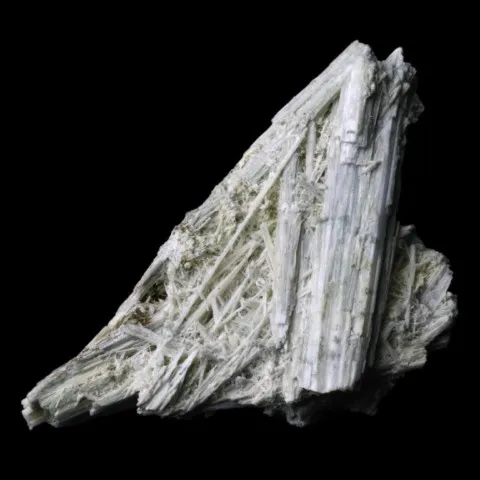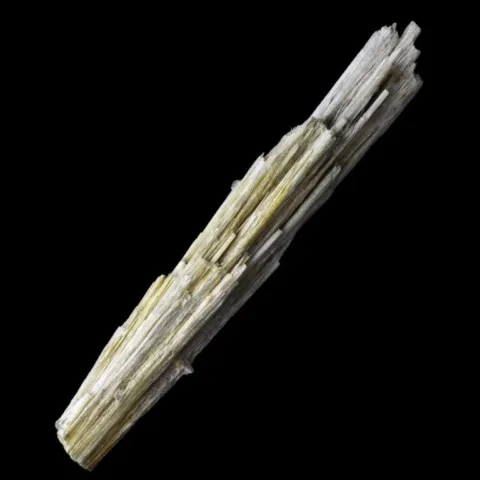ELPIDITE
Class : Silicates
Subclass : Inosilicates
Crystal system : Orthorhombic
Chemistry : Na2ZrSi6O15 3H2O
Rarity : Rare
Elpidite is a rare sodium and zirconium silicate of alkaline rocks deficient in silica : albitized nepheline syenites, syenitic pegmatites, and fenites in particular. Its name comes from the Greek elpidos (to hope), in the hope of finding other interesting minerals at its place of discovery. It forms prismatic crystals, sometimes decimetric, and flabelliform or fibrous aggregates. Elpidite is colorless or variously colored pale green, green-yellow, brownish, sometimes brick red.
Main photo : Elpidite from Mont St-Hilaire, Quebec, Canada
Elpidite in the World
Twinning
No twin known for this mineral species.
Fakes and treatments
No fake listed for this mineral species.
Hardness : 5
Density : 2.52 to 2.62
Fracture : Irregular
Streak : White
TP : Opaque to transparent
RI : 1.560 to 1.574
Birefringence : 0.014
Optical character : Biaxial +
Pleochroism : None
Fluorescence : None
Solubility : -
Magnetism : None
Radioactivity : None





